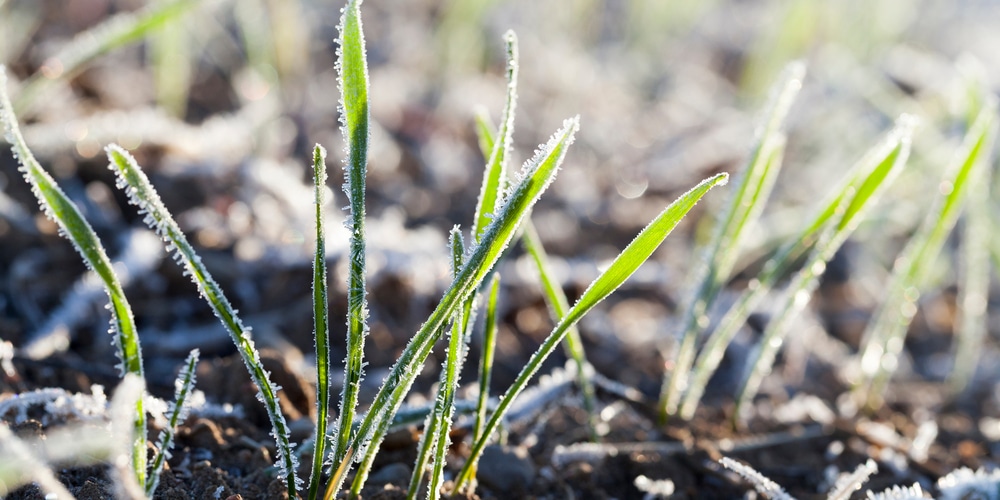Winter wheat is grown in Minnesota for grain, silage, or green-feed. It’s an excellent feeder crop for cattle and horses and can also be planted to help control erosion. Let’s look at when to plant winter wheat in Minnesota?
Winter wheat is intended for fall planting and should be seeded before the first hard frost. Many farmers plant their winter wheat after corn harvest, typically sometime between mid-September and early November. The later the wheat is seeded, the better the germination rate; however, if seeding is delayed into November or December, there is a greater risk of winter kill.
Plant your winter wheat seeds between September 1st and 15th in northern Minnesota and September 10th and the 10th of October in southern Minnesota
Winter Wheat Planting date for Minnesota
The planting window for winter wheat in Minnesota is much stricter than for spring wheat because of the risk of frost. The exact planting dates for winter wheat vary depending on where you live in Minnesota. You’ll need to consider the climate, temperature, and expected frost dates in your area before planting winter wheat.
Although winter wheat is a cool-season crop, it needs to be well established before the weather gets cold, or you’ll risk losing your crop due to frost damage. Minnesota’s Natural Resource Conservation Service (NRCS) recommends preparing your seedbed during late August and early September. Early fall tillage will allow the winter wheat to get established before winter comes.
It’s recommended that you plant your winter wheat seeds between September 1st and 15th in northern Minnesota. If you live in the south, you’ll have a longer planting period and can plant winter wheat between September 10th and the 10th of October.
In central Minnesota, winter wheat should be planted from late September to early November. If you happen to be farming near North or South Dakota, it is best to consult with your local NRCS because the dates will vary depending on your location.
Winter wheat is sensitive to fall frost, so if you are in an area with a high risk of hard freezes in the fall or have experienced winter kill in your wheat in recent years, it is best to plant spring wheat instead. If you are we’ve compared and contrasted winter wheat versus spring wheat to help you decide which would be best for your particular situation.
How early can you plant winter wheat in Minnesota?
As mentioned above, the risk of winter kill increases the later that winter wheat is planted. This is why it’s recommended to plant no earlier than mid-September in western Minnesota and late September in central and southern parts of the state. Since seeding equipment can’t be used until the ground has dried out, it’s recommended to wait until soil conditions are dry enough before seeding.
Conclusion
Winter wheat is a cool-season crop, so it’s very important to have the seed planted before the first hard frost. In central and southern Minnesota, planting should ideally be done by mid-September to October. In colder regions of the state, it’s best to plant slightly earlier to avoid frost damage.
Winter wheat can be seeded in September in Northern Minnesota. Planting at the correct time will allow your seeds to germinate and grow healthy roots before the frost arrives. Correct planting times and practices will reduce the chance of your crop being damaged or killed by frost.
You’ll need to harvest your winter wheat at the right time, and that time is usually in late summer/early fall.
Did you know that deer love winter wheat? Here’s the best time to plant winter wheat for deer, if you’re interested in using it as a feeder crop for them.
